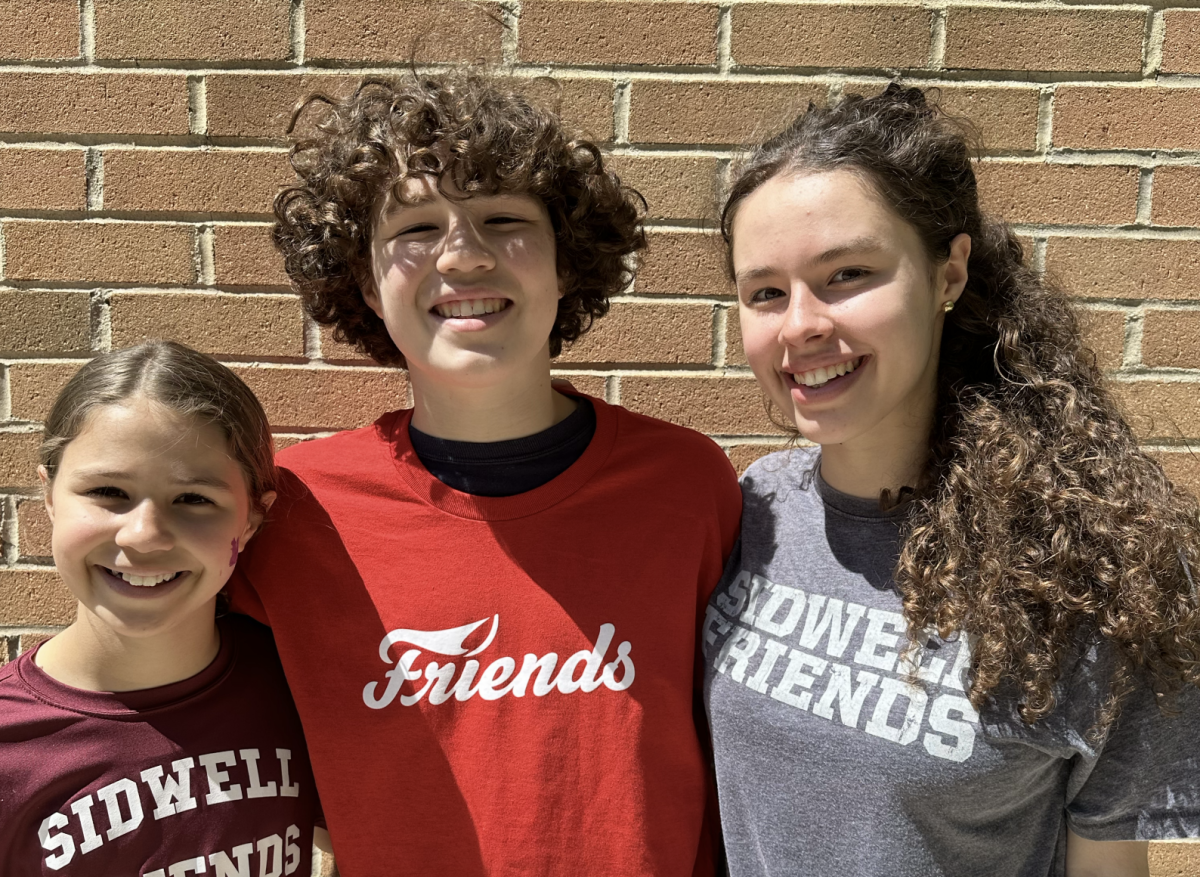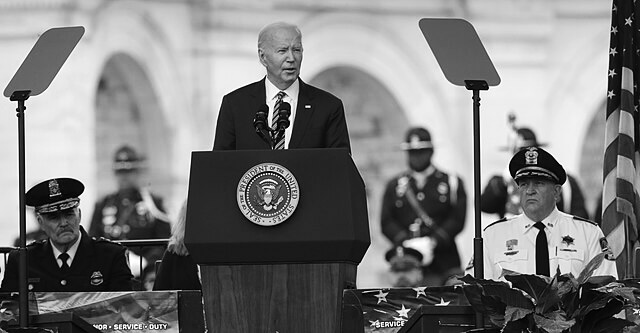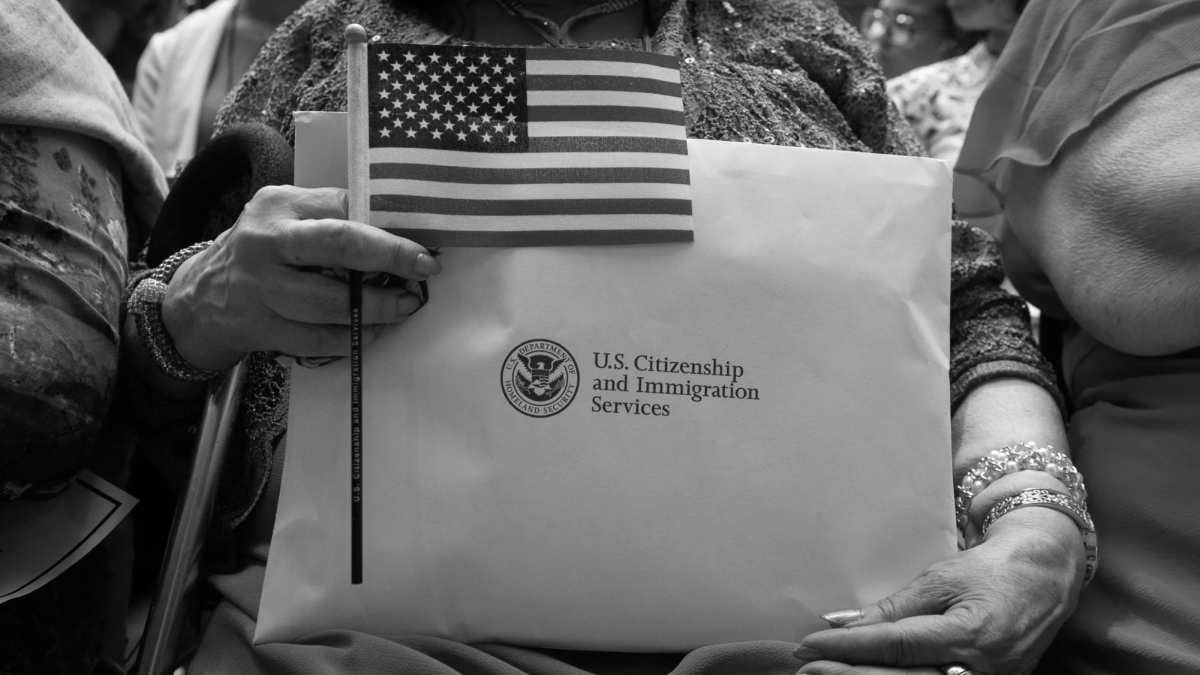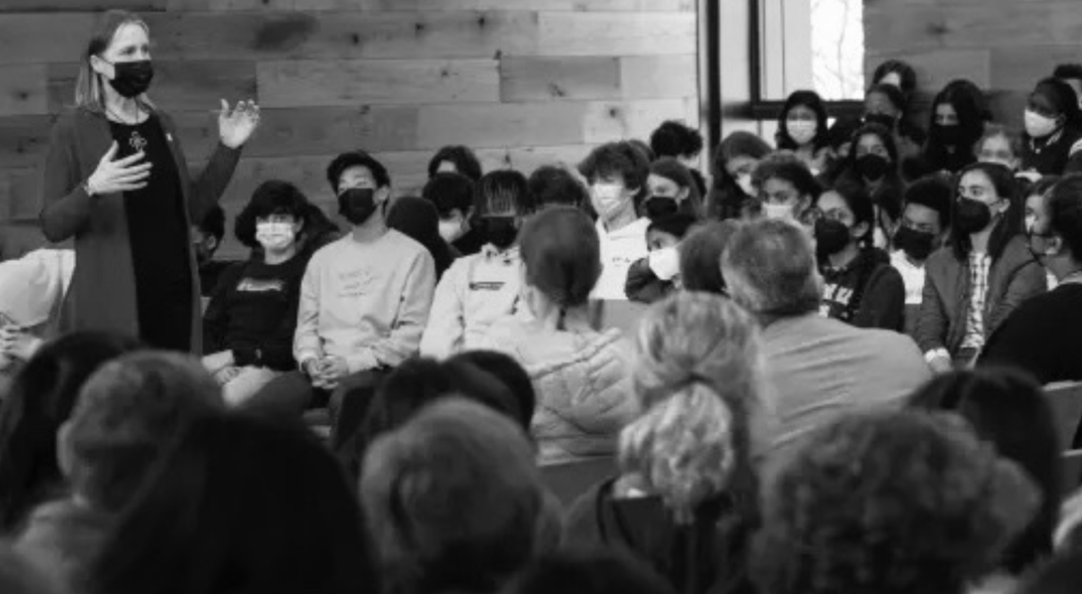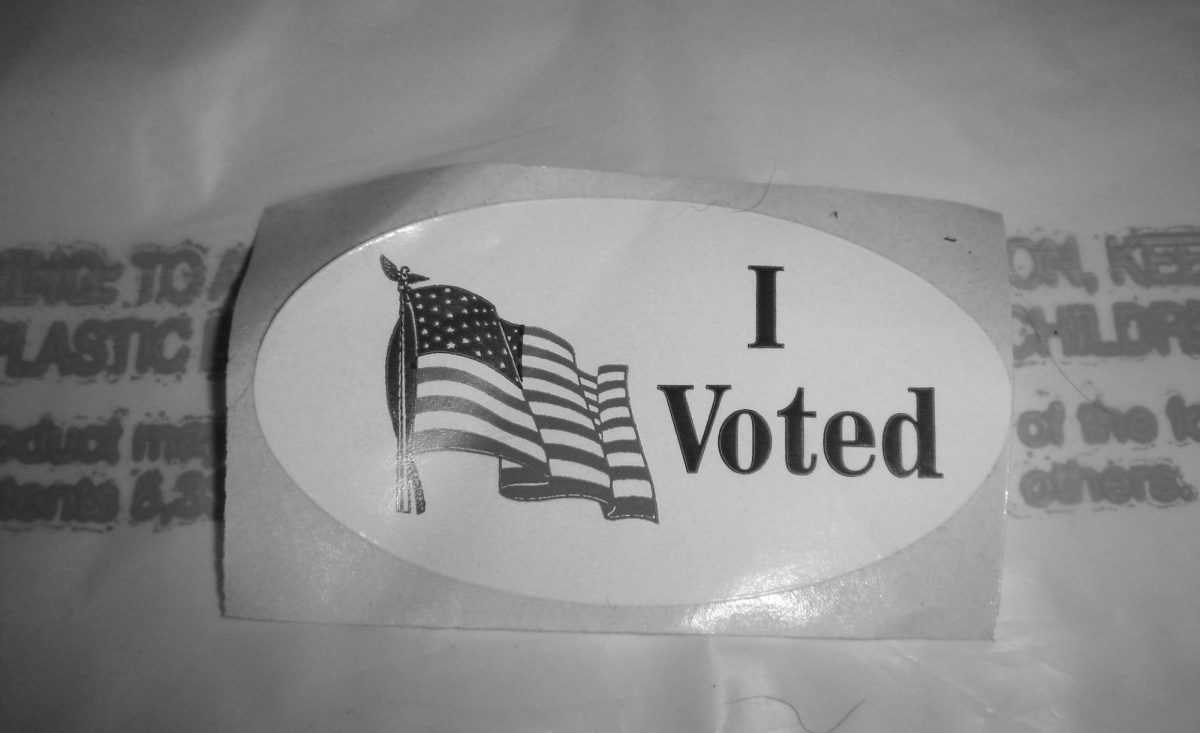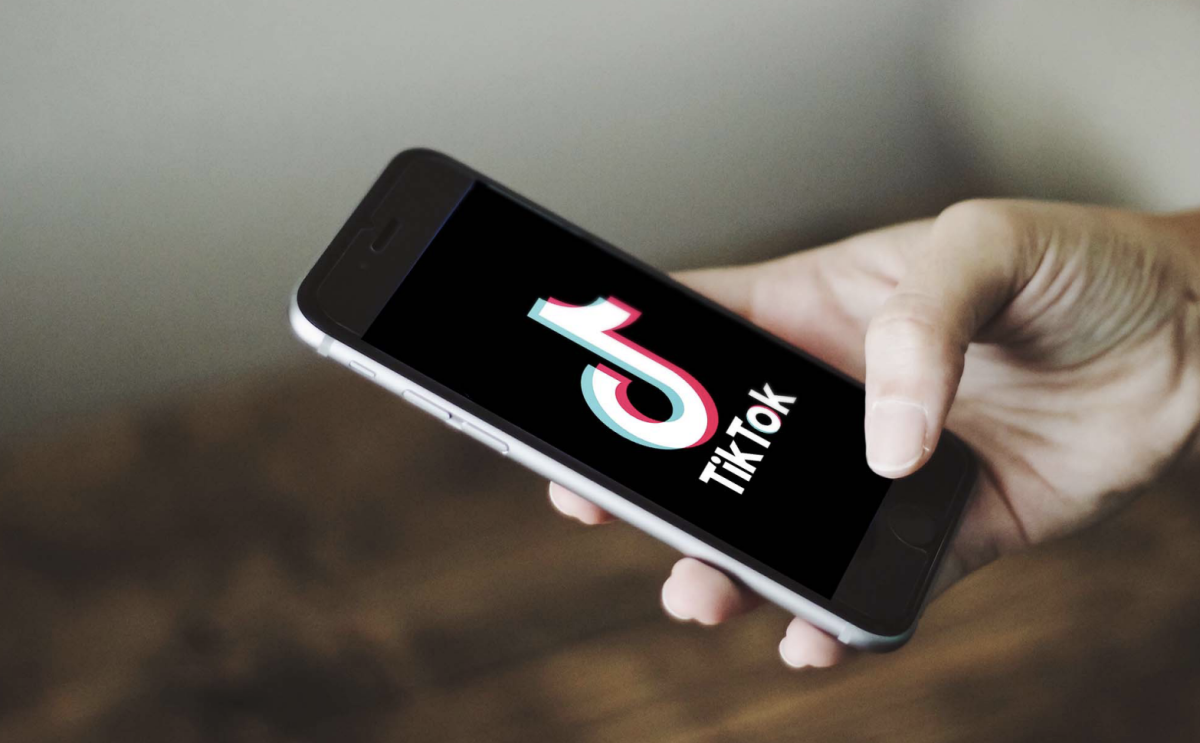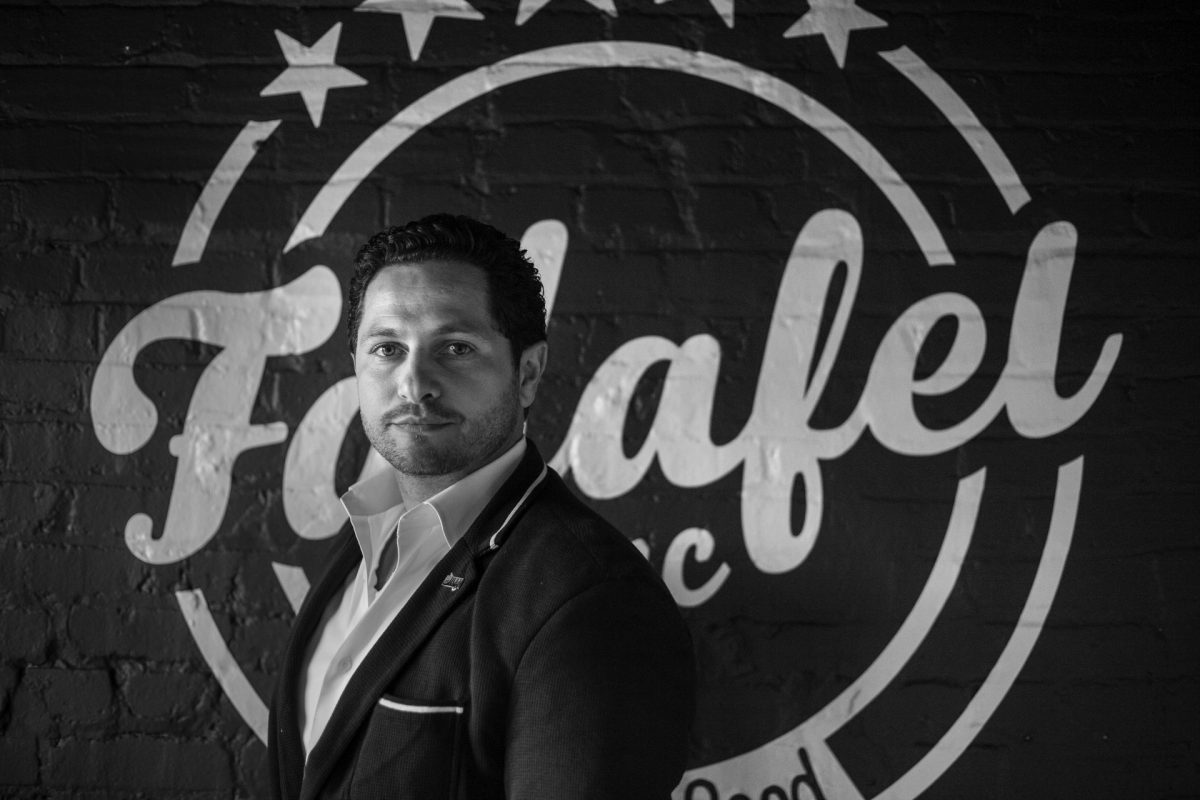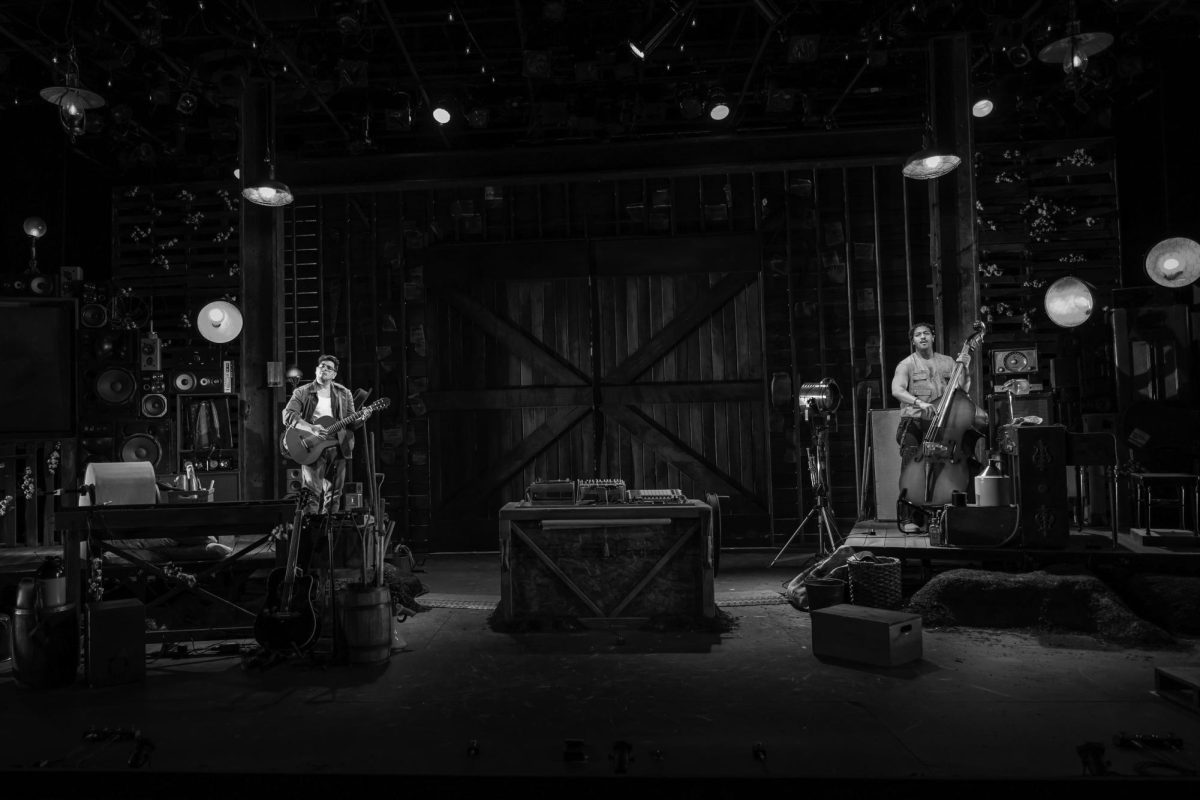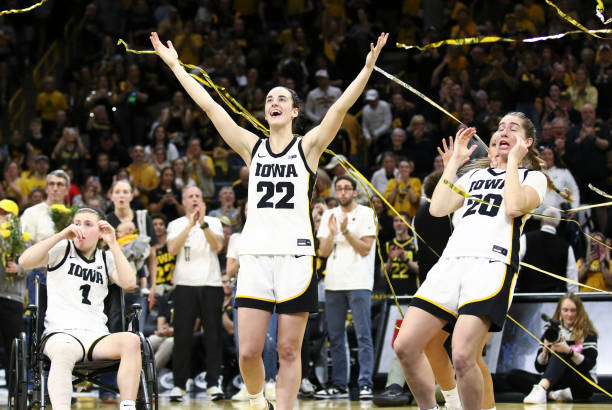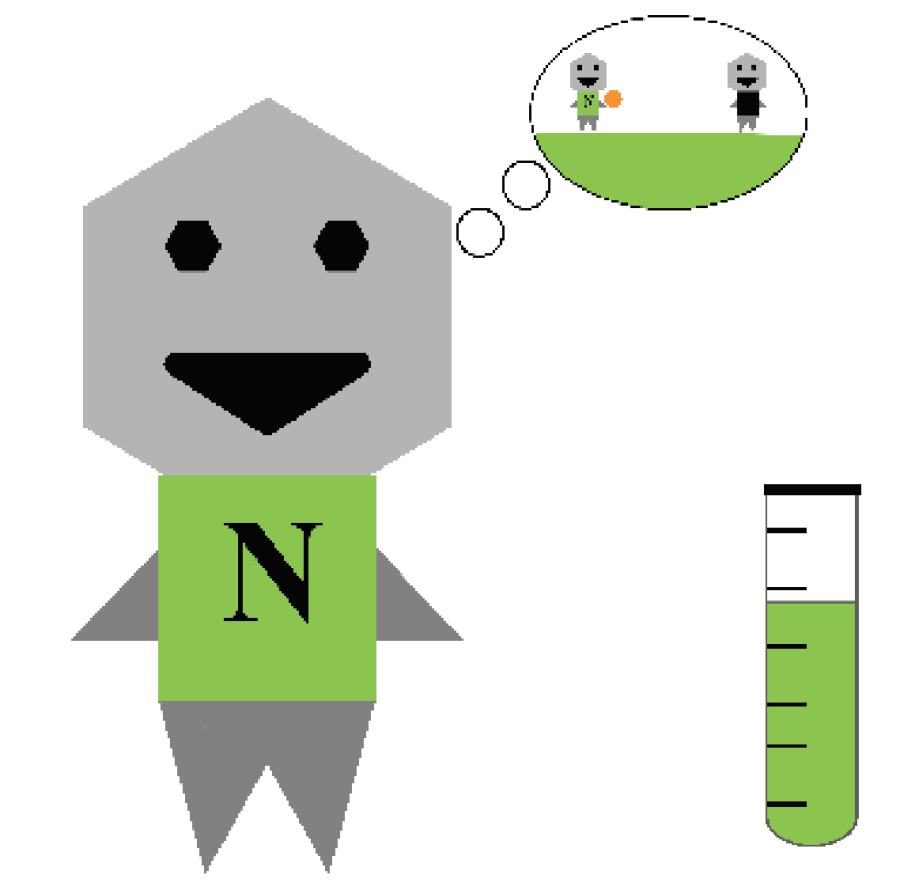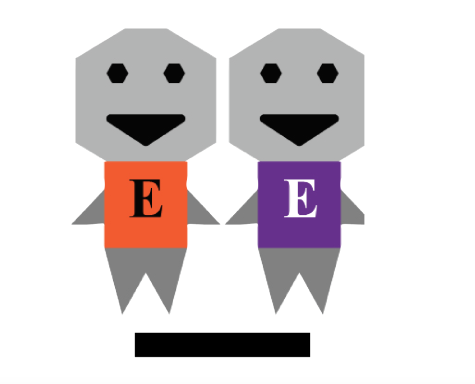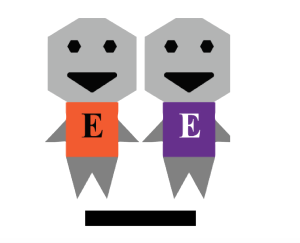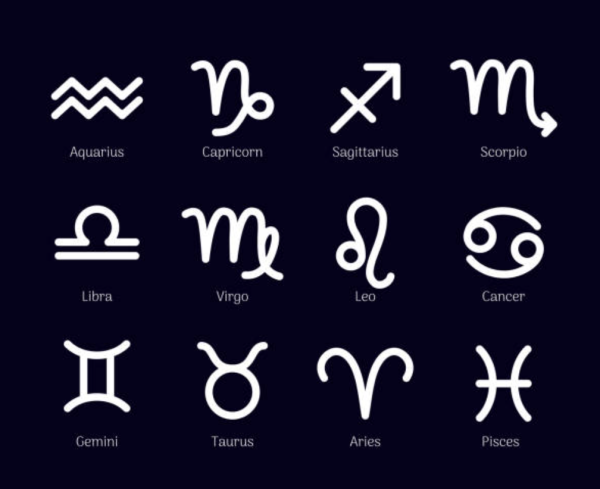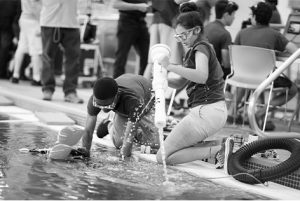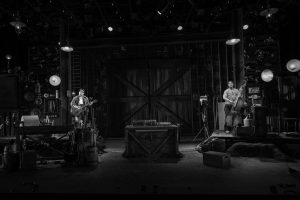Personality Test Reveals Trends in Upper School Student Body
Available on the 16Personalities website, the Myers-Briggs Type Indicator (MBTI) personality test is a personal evaluation that helps individuals identify their strengths and weaknesses. Upon analyzing a person’s answers to 90 questions, the algorithm categorizes them into one of 16 groups. Each of the four main letters that make up an MBTI personality type represent a different quality a person might possess: whether they are extroverted or introverted, sensing or intuitive, thinking or feeling, and judging or perceiving.
The first letter of the MBTI personality type is determined by how a person interacts with others socially. Someone whose personality type begins with “E” is more extroverted than introverted, while an “I” indicates the opposite. For the second letter, an “S” means that the person is “sensing,” while an “N” indicates that they are “intuitive.” A “T” represents “thinking,” conveying they make their decisions rationally; an “F” represents those who let “feelings” lead the way. For the fourth letter, “P” is shorthand for “perceiving,” suggesting that a person is spontaneous or adaptable to change, while “J” means that they “judge” and prefer structure. At the end of each of these types, an additional “A” or “T” determines whether individuals are assertive and stress-resistant or turbulent and perfectionistic.
Senior Elson Bankoff brought the MBTI personality test to the attention of Sidwell’s student body for a number of reasons.
“The test is perfect for people who are really into astrology and categorizing personality types, and I feel like this is one of the better ways to do it,” Bankoff said. “Even though it’s pretty pseudo-psychological it’s still fun,” she added.
Additionally, Bankoff said she “has learned many things about [herself]” from the test. “You can get really deep into it and research the cognitive functions behind each type, which is really interesting,” she continued.
Bankoff was able to collect the MBTI results of more than 260 members of the Upper School — including both students and faculty — via an emailed survey that linked the 16Personalities test.
Bankoff was an eighth-grader when she first took the test. The most interesting thing about the test, Bankoff stated, is that a person’s results can easily change, given that they are subjective and based on self-perception.
“Your personality type can change throughout the years but also can change momentarily,” Bankoff said. “A lot of last year I felt very ENTJ and I kept getting ENTJ when I took the test, since I was very much thinking over feeling. I think it was because I was very focused on school. Now, I am an ENFJ-A, and am more feeling over thinking,” she continued.
Many Upper School students seem to believe the test’s results are accurate.
Bankoff said that the test accurately named her strengths and weaknesses and affirmed many things she thought about herself. Additionally, she enjoyed that the 16Personalities site gives advice on parenthood and career paths, which provided insight on what positions might fit her in the future.
While some believe the test gives a good overarching view of a person’s character, other students found that the test’s questions were not specific or objective enough to give a fully accurate analysis.
Sophomore Wasson Burns claimed that the test failed to fully encapsulate his personality.
“I feel like it highlights some things, but with some of the questions, I can’t come up with just one answer on the agree to don’t agree scale,” Burns said. “My answers are very setting dependent, mentally and physically. With the feeling questions, I feel more intuitive about people when I’m more intuitive with myself, but when I’m mentally clouded, I’m not as intuitive to other people,” he added.
One of the most commonly-debated facets of the personality test is the difference between extroversion and introversion.
“People debate a lot about what it means to truly be introverted,” Bankoff elaborated. “If I want to be by myself, that’s not because I’m not extroverted, but instead it’s because I have a lot of work that week,” she added.
Overall, these criticisms do not diminish the test’s appeal for some Sidwell students.
“Although a few of the traits in my description did not perfectly fit me, the test still shows a good overarching view of my personality,” sophomore Kevin Carpenter-Holmes said.
Sophomore Ben Allen agreed, saying, “the results gave me more perspective on what other people might think of me.”
The Upper School student body’s personality test results are insightful — some of the most common personality types in the world are less common in the Sidwell community.
At Sidwell, there is a smaller percentage of assertive personalities than the national average. The freshman class has the highest number of turbulent personalities, while the senior class has the least.
The percentage of extroverted people at Sidwell is above the national average. In fact, each grade was above the national average, with the juniors and seniors being the most extroverted. In interviews, some students said they expected even more than 55% of Sidwell Upper School students to be extroverted. Other students did not expect themselves to be categorized as an extrovert.
The most popular personality type at Sidwell is ENFP. ENFPs are energetic and passionate; the 16Personalities website claims ENFPs work well with others and are people-centered. Following ENFPs, the other most popular personality types at Sidwell are INFJ, ENFJ, ENTJ and INTP. People who are categorized as INFJs are typically introverted and value meaningful connections, while INTPs are flexible thinkers who focus on ideas over facts. In contrast, the strengths of ENFJs are organization and sociability, while ENTJs are highly motivated and competitive.
Ultimately, the observed MBTI test trends suggest that the Upper School contains a wide range of personalities, lending a hand to its diverse culture.
Your donation will support the student journalists of Sidwell Friends School. Your contribution will allow us to purchase equipment and cover our annual website hosting costs.





